Did you know that epilepsy is the most common childhood brain disorder in the United States? To help you learn more about this condition, its symptoms and its causes, we’ve answered some of your questions about epilepsy.
What is epilepsy?
Epilepsy, which is sometimes called a seizure disorder, is a disorder of the brain. A person is diagnosed with epilepsy when they have had two or more seizures.
What is a seizure?
A seizure is a short change in normal brain activity. Seizures are the main sign of epilepsy. Some seizures can look like staring spells. Other seizures cause a person to fall, shake and lose awareness of what’s going on around them.
The brain consists of nerve cells that normally communicate with each other through electrical activity. A seizure occurs when part(s) of the brain receives a burst of abnormal electrical signals that temporarily interrupts normal electrical brain function.
How long do seizures usually last?
Usually, a seizure lasts from a few seconds to a few minutes. It depends on the type of seizure.
What are the major types of seizures?
Sometimes it is hard to tell when a person is having a seizure. A person having a seizure may seem confused or look like they are staring at something that isn’t there. Other seizures can cause a person to fall, shake, and become unaware of what’s going on around them.
Seizures are classified into two groups:
- Generalized seizures affect both sides of the brain.
- Focal seizures affect just one area of the brain. These seizures are also called partial seizures.
A person with epilepsy can have more than one kind of seizure. The type of seizure can help determine further work up and treatment options.
If I have a seizure, does that mean I have epilepsy?
Not always. Seizures can also happen because of other medical problems. These problems include:
- A high fever
- Low blood sugar
- Seizures can be seen in the setting of alcohol or drug use
What are some of the signs that my child is having a seizure?
Depending on the type of seizure, there are lots of different symptoms, many with varying degrees of intensity. We’ve compiled a list of some general symptoms that your child may be experiencing a seizure but this is not an exhaustive list:
- Staring
- Loss of awareness
- Feeling spacey or appearing confused
- Jerking movements of the arms and legs
- Rigid or tensing of muscles
- Difficulty talking, may stop talking or conversation may not make sense
- Unable to swallow, drooling
- Repeated blinking of eyes, eyes may move to one side, look upward or staring
- Loss of consciousness
- Difficulty breathing
- Loss of bowel or bladder control
- Lack of movement or muscle tone, possibly falling down for no apparent reason
- Not responding to noise or words for brief periods
- Sleepiness and irritable upon waking in the morning
- Nodding the head
- Change in skin color (looking paler or possibly flushed)
- Pupils may dilate or appear larger than normal
- Biting of tongue (from teeth clenching when muscles tighten)
The symptoms of a seizure may resemble other problems or medical conditions so it’s important to always consult your pediatrician and call Children’s National for an evaluation.
What causes epilepsy?
Epilepsy can be caused by different conditions that affect a person’s brain. Some known causes include:
- Stroke
- Brain tumor
- Brain infection from parasites (malaria, neurocysticercosis), viruses (influenza, dengue, Zika), and bacteria
- Traumatic brain injury or head injury
- Loss of oxygen to the brain (for example, during birth)
- Some genetic disorders (such as Down syndrome)
For two in three people, the cause of epilepsy is unknown. This type of epilepsy is called cryptogenic or idiopathic.
Is epilepsy common?
Epilepsy is one of the most common conditions affecting the brain and affects people of all ages and backgrounds. Epilepsy affects 1 in 26 people.
 https://riseandshine.childrensnational.org/wp-content/uploads/2020/02/Large-Group-of-People-Celebrating-feature.png
300
400
Rise and Shine
https://riseandshine.childrensnational.org/wp-content/uploads/2017/11/childrens_riseandshine_logo.jpg
Rise and Shine2024-02-27 07:00:312024-02-27 09:36:48Celebrate Rare Disease Day
https://riseandshine.childrensnational.org/wp-content/uploads/2020/02/Large-Group-of-People-Celebrating-feature.png
300
400
Rise and Shine
https://riseandshine.childrensnational.org/wp-content/uploads/2017/11/childrens_riseandshine_logo.jpg
Rise and Shine2024-02-27 07:00:312024-02-27 09:36:48Celebrate Rare Disease Day




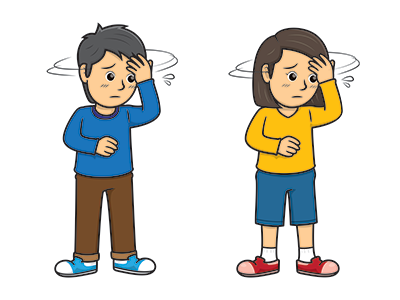
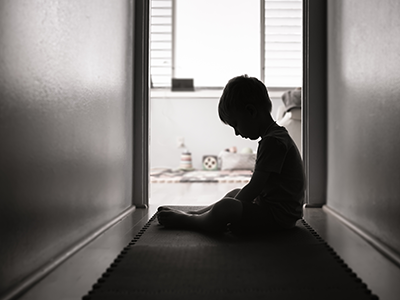
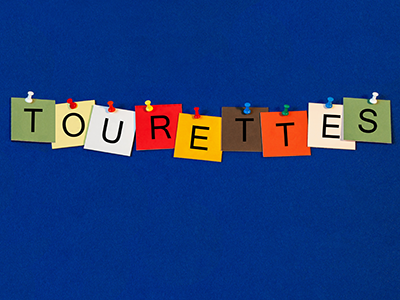
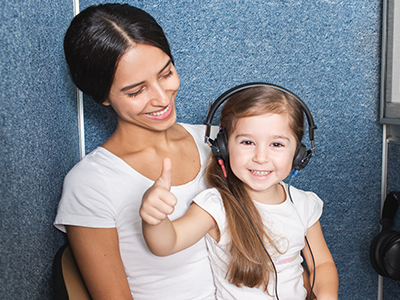

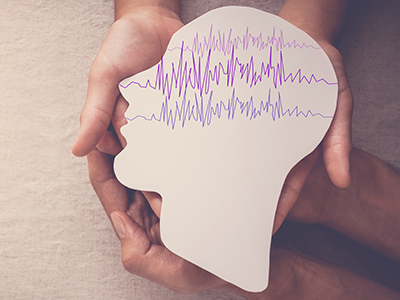
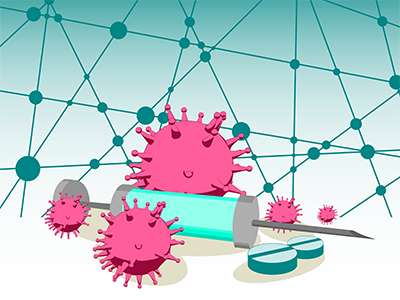

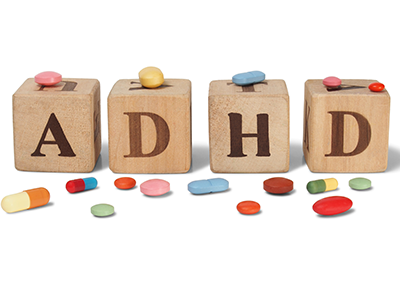
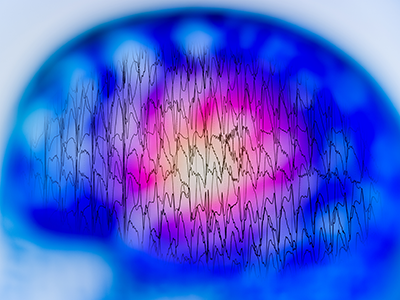
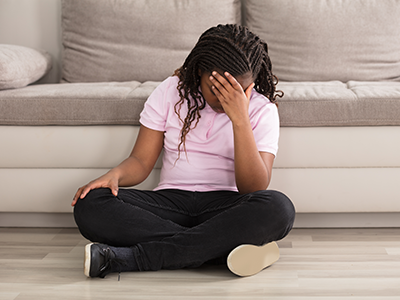
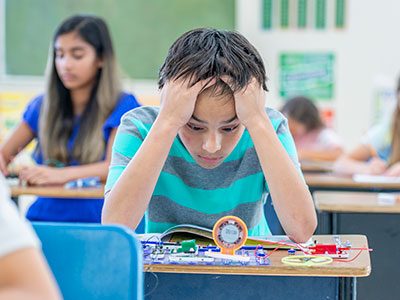

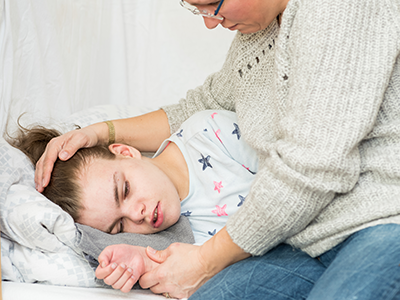

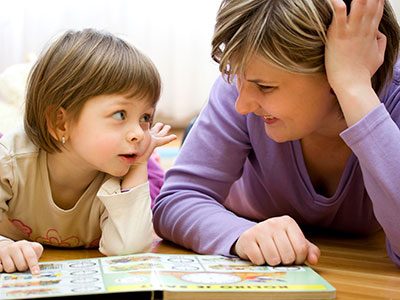
I want to thank the administrator of this site, since I am the mother of a daughter with epilepsy and it is very important for me when they write about this. And when people are informed about it. In our city, many have learned about epilepsy, just because my daughter has it. This is scary, because if I had not informed people about this, my daughter would not have had anyone to help during an attack. All the information that you have written here is very scary. We have to take a lot of drugs, we even take CBD, as we hope that this can also reduce the risk of an attack (We use this, https://edocbd.com/ maybe someone knows something about him, we will be glad if you help) I want to thank everyone again for this article. Have a good day everyone! Do not give up!
Thank you!